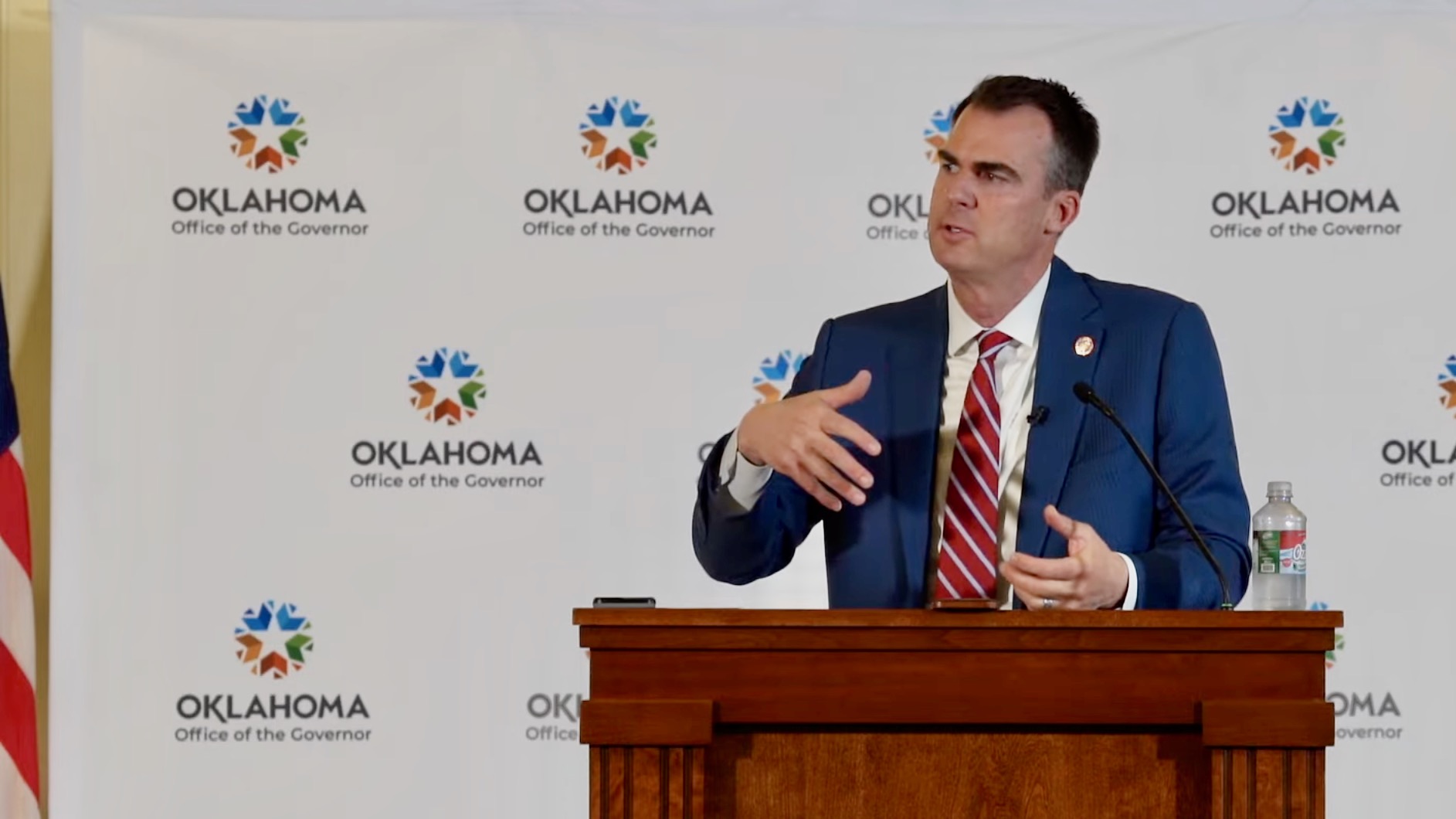Analysis finds flat core audience for public radio’s web streams
A recent analysis of web metrics for NPR member stations’ websites showed continued growth in visits from mobile users along with declines in cumulative audiences and the amount of time web users spent with content.
Though web metrics for public radio stations have grown dramatically since 2012, analytics from this spring were especially volatile, said Steve Mulder, director of user experience and analytics at NPR Digital Services, during a May 29 public radio metrics webinar with station representatives.
Mulder drew analytics data from 204 stations that operate 415 web streams; together, their online platforms drew 14 million unique visitors and a cumulative audience of 3.3 million listeners from April 2013-14.
In a comparison of the year-to-year data, the cumulative audience for pubradio streams dropped 9 percent, Mulder said. And while visitors were listening to a wider variety of content, the total amount of listening time per streaming session remained flat, at about an hour. The combined data points show that a core group of listeners varied the content that they accessed, he said, but this audience didn’t grow, nor did these listeners spend more time listening.
“This is something that should raise concerns,” Mulder said.
The analysis also revealed that the vast majority of listeners tune into stations’ live broadcasts rather than their web streams. A comparison of streaming data analyzed by Triton Digital and Nielsen broadcast audience data found that 93.6 percent of live NPR content is consumed via over-the-air broadcasts compared to 6.4 percent for live streams.
Time to rethink story pages
Highlighting longer-term trends, Mulder noted that the number of unique monthly visitors to member-station websites has grown 117 percent since the end of 2012. More recent data is less encouraging: unique visitors to station sites were flat compared to last May but dropped by roughly a third within a month. Though 4.5 million unique visitors frequented stations’ sites this March, only 3 million had returned by the end of April.
“The trends this spring are mixed,” he said. “It’s not good news on reach and cume, but we’re not in trouble like commercial radio — it’s a cloud with a dark lining.”
Visits from tablet and mobile users have grown explosively across stations’ online platforms, increasing 200 percent since the end of 2012, Mulder said. These users now account for about 35 percent of visits to member websites. He predicted that the metric will top 50 percent of all visits in the near future.
The growth in mobile visitors may be driving another usage trend: The number of pages viewed per visitor was flat in year-to-year data from April and down 18 percent since the end of 2012. The metric stands at just under three pages.
Mulder theorized that the growth in mobile visitors, who want “bite-size” content, as well as a drop in visits to stations’ homepages have contributed to the decline. Visitors are increasingly going to pubradio sites from social media or search results.
Visitors who land on station sites through these referrals go directly to individual story pages, Mulder noted, and they’re most often expecting to read a news story rather than listen to audio. The data showed that these visitors leave the site after they’re done reading the content that drew them there. Stations must find ways to engage these visitors with more of their web content if they are to get them to spend more time on their websites.
“The story page, for all intents and purposes,” he added, “is our homepage. And, if our story pages are a dead end, we are missing a real opportunity.”
The analysis found that 36 percent of visitors came to station sites via story pages, compared to 27 percent who came in through homepages.
Interest in audio content is a key differentiation point in determining how frequently users visit stations’ websites, Mulder noted. The heaviest visitors listened to five times more audio while on station websites but read three times less text than the lightest users.
“Text is awesome at driving and acquiring new audiences,” he said. “But audio is our core differentiator.”







It’s like 1985-1995 all over again. The lessons learned in using Arbitron for public service metrics can be applied to the web or another decade can be wasted relearning those lessons.
[…] public radio listenership may be going online, audience research shows the online audience hasn’t grown much outside core NPR fans. Untethering shows from the mothership through podcasts and other third-party platforms has the […]